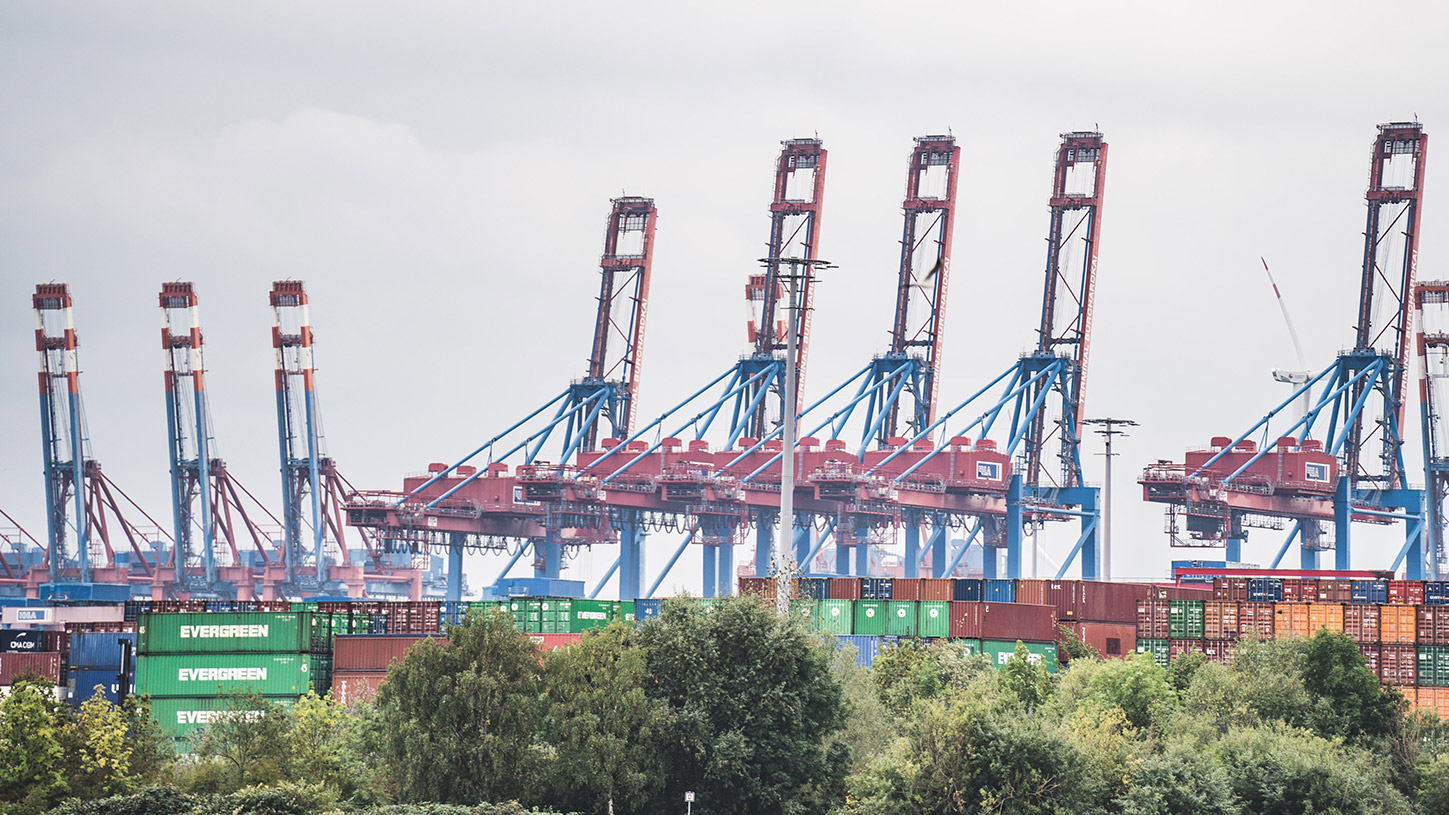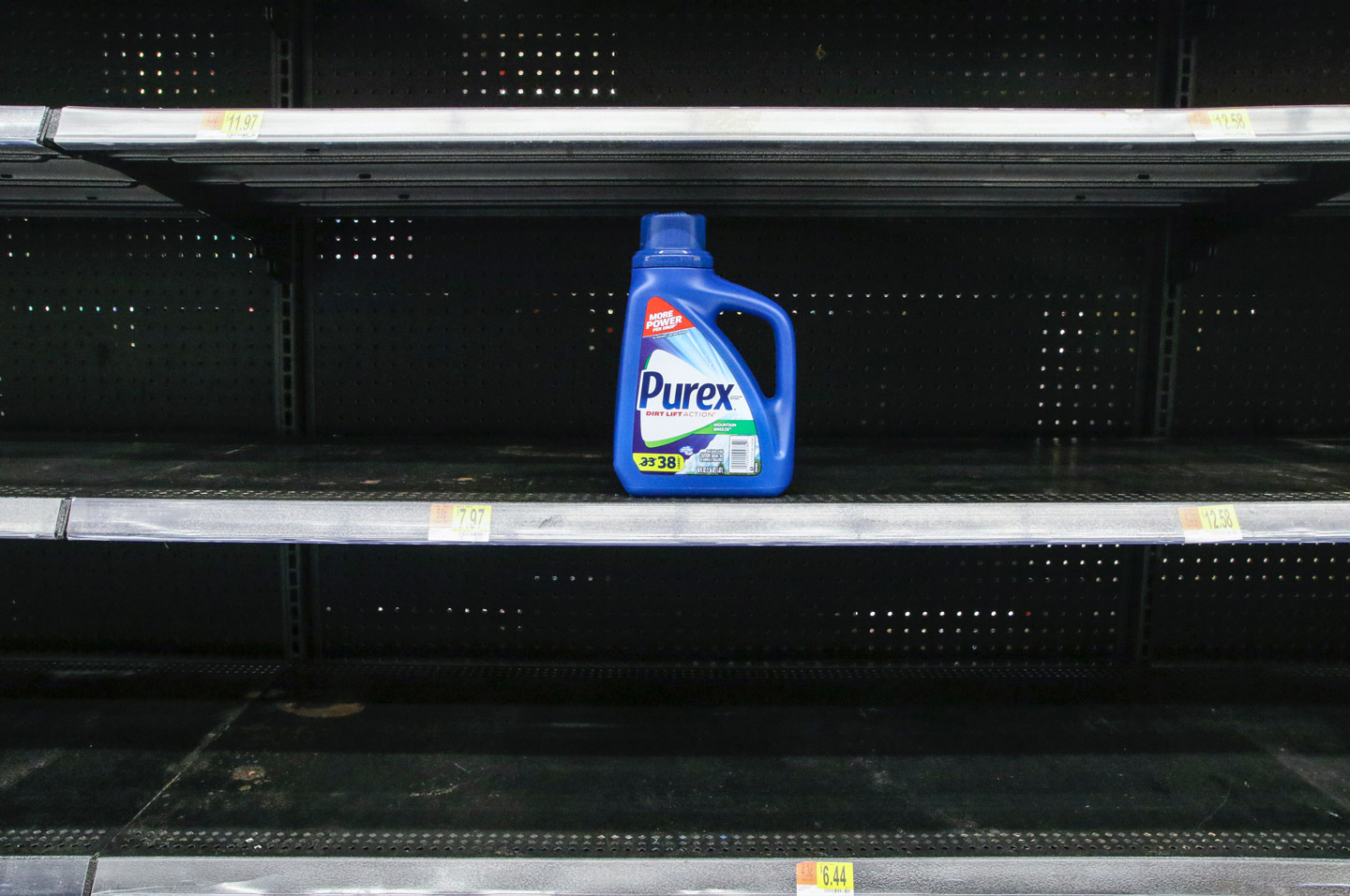Supply chains underpin the fabric of the modern economy. They influence a business’s efficiency, how it manages total costs and risks, and the overall impact on the environment. As recent years have shown, supply chain disruption — from pandemics to geopolitics — has a significant impact on the cost of doing business. Countless companies operating today must deal with a variety of difficult issues affecting planning, production and delivery, but there are a range of solutions out there to help them navigate this. An underestimated example of this is PO financing.
Otherwise known as ‘PO funding’ or ‘PO finance’, this valuable funding option supports companies charting the rocky course of supply issues. In this article, we’ll break down the different types of supply chains, how they work, and the influence PO financing can have.
What is a supply chain?
A supply chain is essentially a network of individuals and/or companies who all play a role in developing a product and ultimately delivering it to the end-buyer. This involves different stages: sourcing raw materials, production and eventually delivering finished products, whether to distribution centers or retail stores where they go on to be sent to the consumer. When a supply chain is managed effectively, the result is lower costs and a faster production cycle.

What are the different types of supply chain?
While there are many different types of supply chain models, it’s up to the company to decide which best fits their structure and needs. These different models are as follows:
Continuous Flow Model
As a more traditional model, we see this used in companies that produce consistent products with little to no variation in their output. This allows for more streamlined production timelines and managers to maintain more control over their inventory.
Fast Chain Model
As the name suggests, this model is best suited for businesses that need to get their products out to market quickly. In an effort to capitalize on the trends, they need to move seamlessly through the cycle of ideation, to production, to consumer purchase.
Flexible Model
For businesses that largely manufacture merchandise tied to seasonal and/or holiday moments, the flexible supply chain model is the structure of choice. This model enables them to rev up and shut down production as the demand for their products ebbs and flows.
How does a supply chain work?
While the process can differ company-to-company and model to model, there are some key steps that are often followed:
- Plan: Ensuring supply and demand are appropriately accounted for while planning inventory and manufacturing processes.
- Source: Sourcing the necessary raw materials or identifying the ideal vendors needed to ultimately create the final product
- Produce: Turning the raw materials into the final product, which includes all aspects of assembling, testing and packing.
- Deliver: Transporting and delivering the final product to the consumer, retailer or distributor in a timely manner via the company’s delivery channels — often air, road and rail.
- Return: Providing support for customers to return items, ensuring the end-buyer relationship remains intact.
What potential issues do supply chains face?
Transparency
There can be several tiers of suppliers within a total chain. Without having transparency into the process, stakeholders are unable to know the status of their products throughout the supply chain.
Waste
If companies don’t accurately gauge their production cycle in terms of supply and demand, it may result in wasted product due to an overstocked inventory.
Delayed goods
Supply chain disruptions can cause delays, shortages and lost items. This could be due to a shortage of raw materials leading to delays in production, poor inventory management slowing down the fulfillment process, or administrative issues over payment, documentation or clearance checks — among other factors.

How does PO financing help with supply chain problems?
PO funding focuses on one crucial aspect of the supply chain — the cost of manufacturing. Yet it is important not to understate the wider influence. When a business lacks the funds to fulfill orders, this is known to cause delays in production, leading to missed deadlines, unhappy customers and damage to a brand’s reputation in the long term.
Cash flow
The immediate benefit of using PO financing is for cash flow. While the funding provider does not pay money into your business, what it does do is provide capital to cover the costs of filling the open purchase order. That way, the company can overcome cash flow constraints to complete orders on time.
Now, instead of working through delays and disappointed customers, the business can concentrate on maintaining strong relationships with buyers, building up the brand’s reputation and securing repeat business.
Transparency
A further effect is on supply chain transparency. Since the lender pays the supplier directly, they can then verify that the supplier is fulfilling the order and delivering the goods or services on time. Not only does this reduce the risk of delays or quality issues, the provider’s operations are more visible to all stakeholders, building trust and cooperation for all parties involved.
Another valuable benefit of greater transparency is on pricing: if a business is able to pay suppliers upfront, it is in a better position to negotiate more competitive rates, and even receive discounts on raw materials.
Shortages
As we mentioned above, businesses often use PO financing to cover manufacturing costs when a business lacks the necessary capital to do so. Yet this is not the only reason to purchase extra inventory and materials. A business could have stable enough cash flow to handle customer demand, only for delays and disruption to leave manufacturers without enough materials to complete production on time.
In this scenario, the business has already paid for manufacturing costs, but now it must find a solution, such as quickly paying another supplier to complete the order (despite not having enough cash to do so). Purchase order financing here provides the additional capital to pay for the extra resources so that the order is filled on time.

Conclusion
PO financing has both a direct and indirect influence over supply chain difficulties. This funding option helps businesses cover the immediate costs of manufacturing and cash flow problems, along with alleviating the pains that stem from supply chain shortages. Its use also has a wider impact by way of stimulating business growth.
When a business can fund manufacturers, it can then handle more incoming purchase orders in order to build a greater stream of revenue, stimulating growth. While supply chain management is key for optimizing operations, growth is a powerful tool to increase production capacity, reduce risks and strengthen the bonds between suppliers and end-buyers.
At Setscale, our aim is to improve accessibility for businesses of different sizes. We offer a flexible funding solution without monthly fees or interest — that way, ambitious companies can continue to grow and seize opportunities even when faced with supply chain difficulties. Find out more about how we can help your business reach the next level by visiting our Solutions page.



